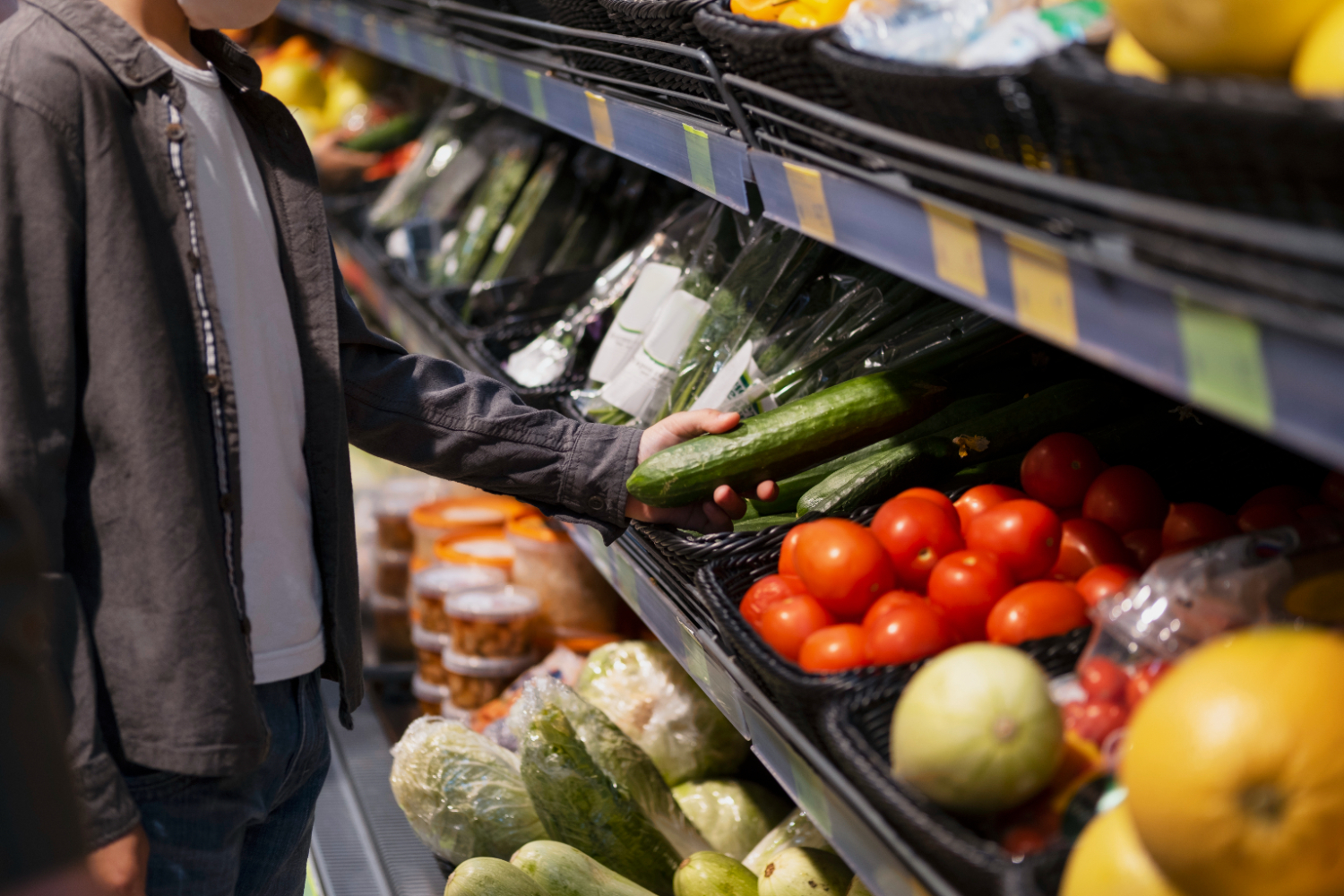Ensuring high food quality in retail stores is essential for keeping customers satisfied and returning for more. Poor food quality can lead to dissatisfied customers, which might hurt a store’s reputation and sales. To maintain top-notch food standards, stores need to focus on several critical factors.
Identifying Key Factors Affecting Food Quality
Food quality in retail stores can be impacted by several common issues. One major factor is improper temperature control. When food is not kept within safe temperature ranges, it can spoil quickly. This affects both refrigerated and frozen goods, which are especially prone to spoilage if not handled correctly.
Another issue is humidity levels. High humidity can cause mold growth on fresh produce and baked goods. On the other hand, low humidity can cause foods to dry out, affecting their freshness and shelf life. Maintaining the right balance is crucial for keeping food in top condition.
Cross-contamination is also a big concern in retail environments. This happens when harmful bacteria are transferred from one food item to another, often due to improper handling or dirty surfaces. Items like raw meats can easily contaminate fruits and vegetables if they are stored together or if cutting boards and utensils are not cleaned thoroughly between uses.
These factors can lead to customer dissatisfaction for several reasons. When food quality is compromised, it can alter taste, texture, and nutritional value, affecting the overall eating experience. Customers may perceive the store as untrustworthy and might choose to shop elsewhere, leading to potential losses in sales and reputation.
Best Practices for Food Storage in Retail Settings
To ensure food stays fresh and safe, retail stores need effective storage techniques. Start with temperature control. Use calibrated thermometers to monitor fridge and freezer temperatures. Keep refrigerated items at 40°F or below, and frozen items at 0°F. Regular checks can prevent temperature fluctuations that lead to spoilage.
Here are some tips to improve food storage in retail settings:
1. Organize Shelves Properly: Place newer stock at the back and older items at the front to follow the first in, first out (FIFO) method. This helps ensure that older products are used first, reducing waste.
2. Use Airtight Containers: For dry goods, use airtight containers to protect against moisture and pests. This is especially important for items like cereal and flour.
3. Label and Date Items: Clearly label and date all products, including those in storage rooms and on display. This makes it easier for staff to identify items nearing expiration.
4. Clean Regularly: Keep storage areas clean and sanitized to prevent contamination. This includes wiping down shelves, floors, and storage bins regularly.
5. Separate Food Types: Store raw meats and fish away from fresh produce and other foods to prevent cross-contamination. Use different containers and utensils for different types of foods.
Leveraging Technology for Enhanced Food Safety
Technology plays a critical role in improving food safety and quality in retail stores. Fast food temperature automation is a game-changer. It allows for the constant monitoring of food temperatures, ensuring they remain within safe limits. This automation can prevent spoilage and maintain food quality by alerting staff to temperature fluctuations immediately.
Smart sensors are another technological advance helping store environments. These sensors provide real-time data on various conditions like temperature, humidity, and even air quality. By placing sensors in critical areas, retailers can keep a close watch on the conditions that affect food safety. If the sensors detect any issues, they trigger alerts that prompt immediate corrective actions, minimizing food loss and risks to health.
Furthermore, technology aids in inventory management by tracking expiration dates and stock levels. This information helps staff manage stocks better, reducing wastage and ensuring older products are sold first.
Training and Protocols for Retail Staff
Training staff on food safety protocols is essential for maintaining food quality in retail stores. Well-trained employees are more aware of the importance of proper food handling and storage techniques. This reduces the chance of contamination and spoilage, protecting both customers and the business.
Effective training starts with educating staff on the basics of food safety, including understanding safe temperature ranges, identifying signs of spoilage, and following cleanliness standards. Employees should also know how to use equipment like thermometers and smart sensors correctly. Regular refresher courses help keep key information fresh in their minds.
Practical training methods are crucial. Employees can benefit from hands-on sessions where they practice storing items correctly, cleaning workspaces, and managing inventory. Role-playing different scenarios can also prepare them for unexpected situations, like equipment failures or product recalls.
Implementing daily routines and checklists ensures that staff consistently follow safety protocols. These routines can include regular checks of temperature logs, cleaning schedules, and stock rotations.
Conclusion
Enhancing food quality in retail stores requires a dedicated focus on various factors. From identifying and addressing common quality issues to implementing effective storage practices, each step strengthens a store’s ability to offer safe, fresh, and appealing food products.
The integration of advanced technology, such as fast food temperature automation and smart sensors, further elevates food safety by providing real-time monitoring and alerts. This technological assistance helps maintain ideal storage conditions, fostering a more reliable and efficient operation.
Ready to transform your store’s food safety measures? Contact us at Qualified Controls to discover how our innovative remote temperature monitoring solutions can help you achieve excellence in food quality and safety.


